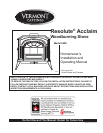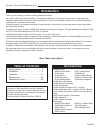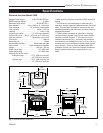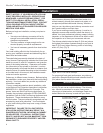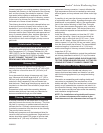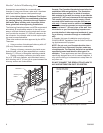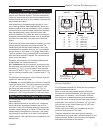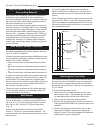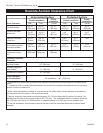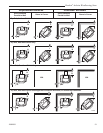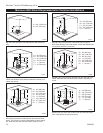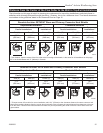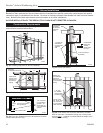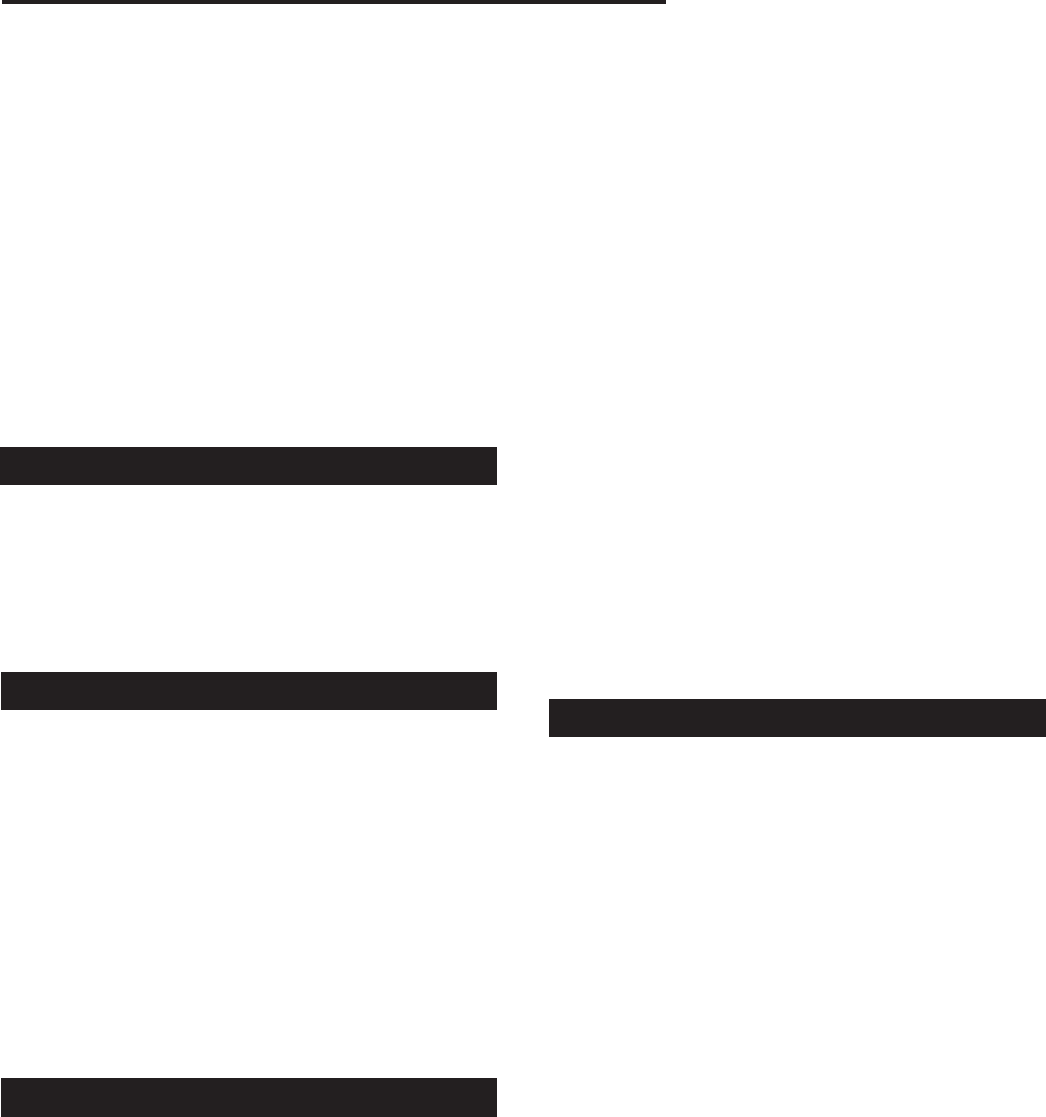
5
Resolute
®
Acclaim Woodburning Stove
2000893
Unused openings in an existing masonry chimney must
be sealed with masonry to the thickness of the chimney
wall, and the chimney liner should be repaired. Open-
ings sealed with pie plates or wallpaper are a hazard
and should be sealed with mortar or refractory cement.
In the event of a chimney fire, flames and smoke may
be forced out of these unused thimbles.
The chimney should be thoroughly cleaned before use.
A newly-built masonry chimney must conform to the
standards of your local building code or, in the absence
of a local code, to a recognized national code. Masonry
chimneys must be lined, either with code-approved ma-
sonry or precast refractory tiles, stainless steel pipe, or
a code-approved, “poured-in-place” liner. The chim-
ney’s clean-out door must seal tightly to help ensure a
good draft.
A prefabricated metal chimney must be one tested and
listed for use with solid-fuel burning appliances to the
High-Temperature (H.T.) Chimney Standard UL-103-
1985 (2100°F.) for the United States, and High Temper-
ature (650°C) Standard ULC S-629 for Canada.
A Resolute Acclaim is approved for venting into a
masonry chimney with a flue size of 8” x 8” (203 x 203
mm), and into a round flue size of 8” (203 mm) or 6”
(152 mm).
It may be vented into larger chimneys as well. How-
ever, chimneys with liners larger than 8” x 12” (203 x
305 mm) may experience rapid cooling of smoke and
reduction in draft, especially if they are located out-
side the home. These large chimneys may need to be
insulated or to have their flues relined for proper stove
performance.
Accessories to help make the connection between
stainless steel chimney liners and your Resolute Ac-
claim are available through your local dealer.
A chimney connector is the double-wall or single-wall
pipe that connects the stove to the chimney. The chim-
ney itself is a masonry or prefabricated structure that
encloses the flue. Chimney connectors are used only
to make the connection from the stove to the chimney.
They are for interior use only.
Double-wall connectors must be tested and listed for
use with solid-fuel burning appliances. Single-wall con-
nectors should be made of 24 gauge or heavier steel,
and should be 6” (152 mm) in diameter. Do not use
galvanized chimney connector; it cannot withstand the
high temperatures that can be reached by smoke and
exhaust gases, and may release toxic fumes under high
heat.
If possible, do not pass the chimney connector through
a combustible wall or ceiling. If passage through a com-
bustible wall is unavoidable, refer to the recommenda-
tions in the section following on Wall Pass-Throughs.
Do not pass the connector through an attic, a closet or
any similar concealed space. The whole chimney con-
nector should be exposed and accessible for inspection
and cleaning.
Install the chimney connector not less than 23” (584
mm) from the ceiling. Keep it as short and direct as
possible, with no more than two (2) 90° turns. If pos-
sible, use 45° elbows. Slope horizontal runs of con-
nectors upward 1/4” per foot (20 mm per meter) going
from the stove toward the chimney. The recommended
maximum length of a horizontal run is 3’ (914 mm),
and the total length of chimney connector should be no
longer than 8’ (2.5 m).
In cathedral ceiling installations, extend the prefabricat-
ed chimney downward to within 8’ (2.5 m) of the stove.
The listing for the Resolute Acclaim in the U.S. and
Canada includes use of double-wall chimney con-
nectors that have been tested and listed for use with
solid-fuel burning appliances by a recognized testing
laboratory.
Information on assembling and installing double-wall
connectors is provided by the manufacturer of the
double-wall pipe. Follow the manufacturer’s instructions
exactly as you assemble the connector and attach it to
the stove and chimney. Using chimneys and connectors
from the same manufacturer helps make the assembly
and installation straightforward.



